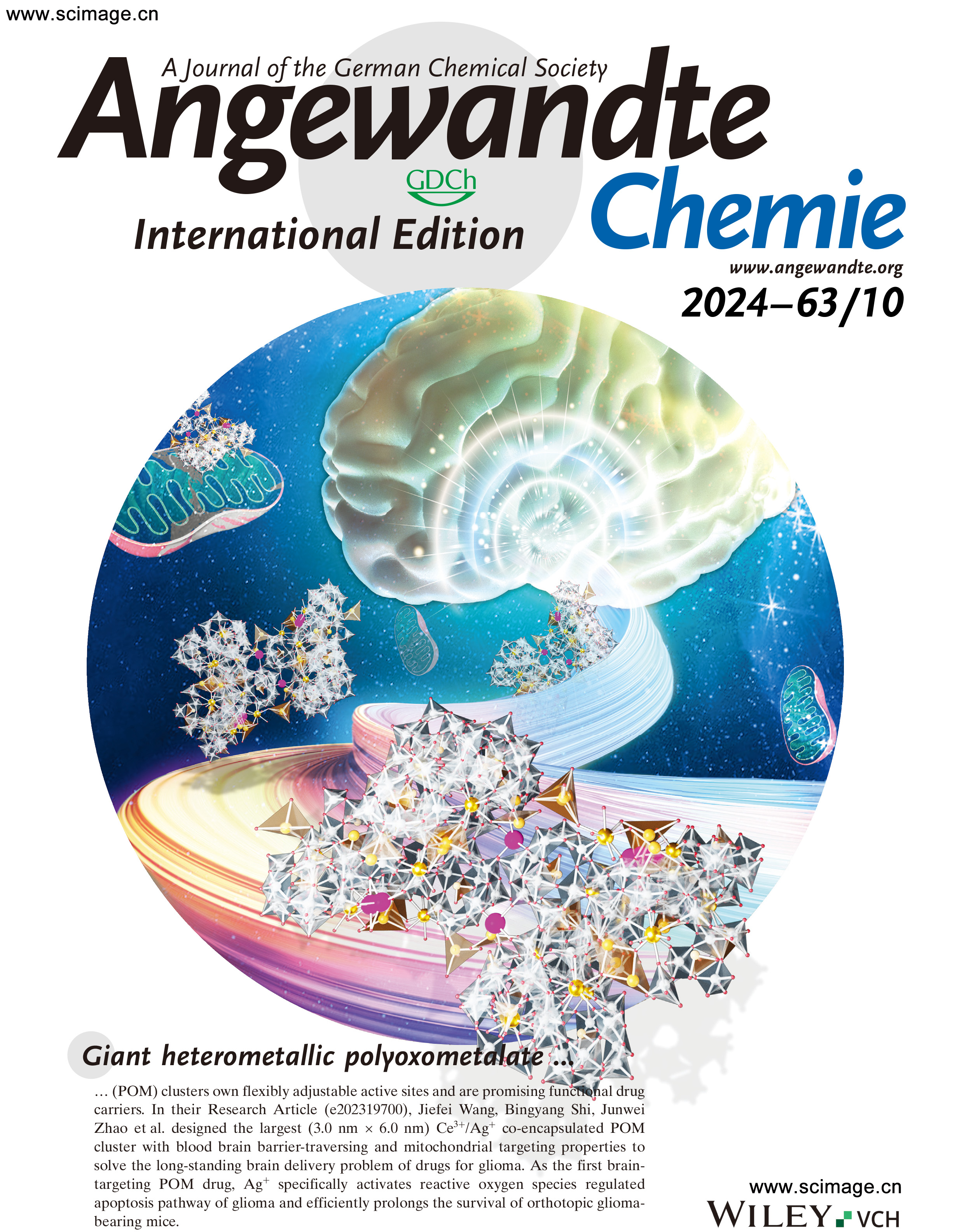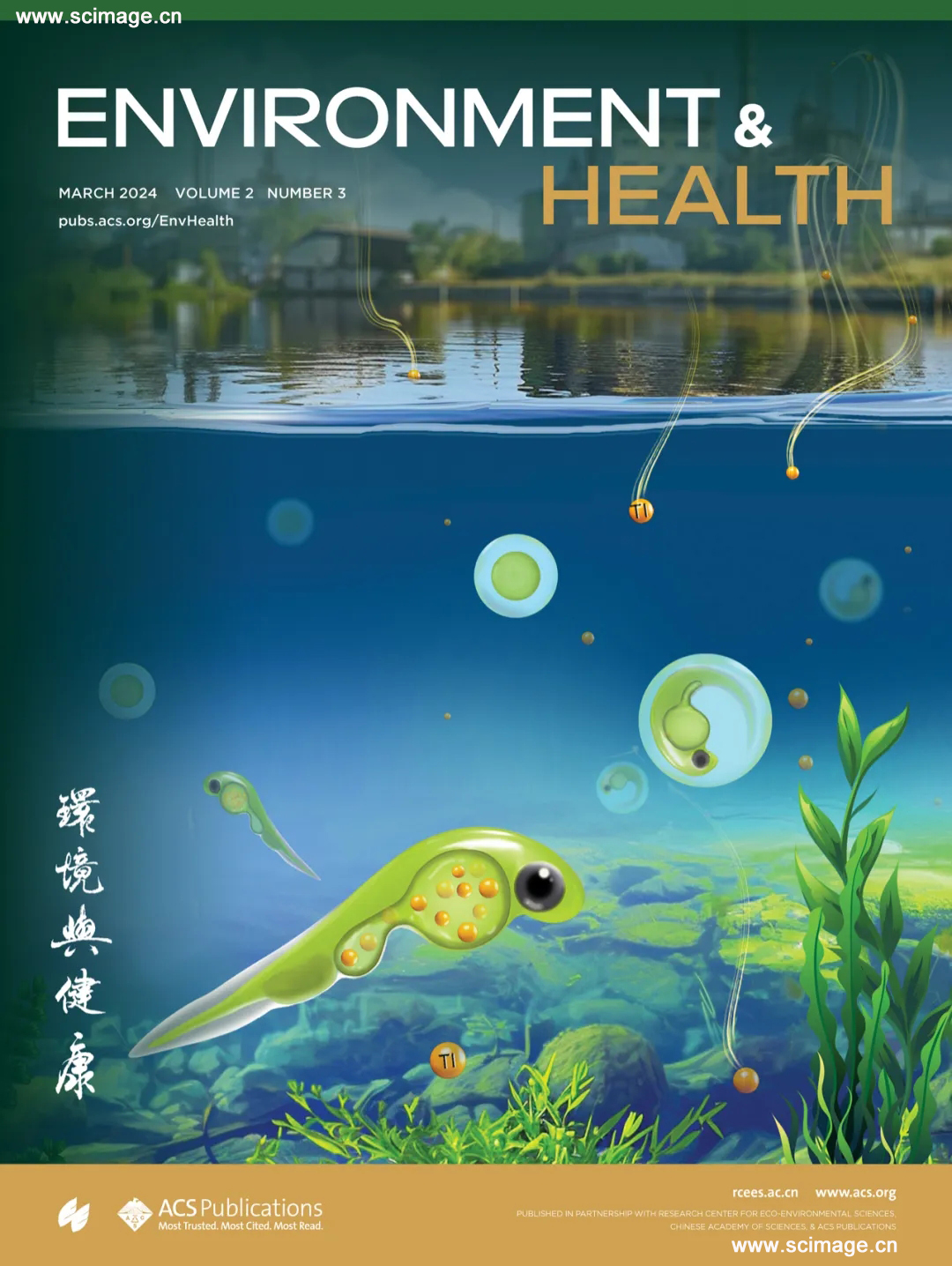博文
2024年3月嘲风作品集(二)
||
▲ Vol 63 Issue 10 | 04 March , 2024
A Giant Heterometallic Polyoxometalate Nanocluster for Enhanced Brain-Targeted Glioma Therapy
Nizi Song, Mengya Lu, Dr. Jiancai Liu, Ming Lin, Ping Shangguan, Dr. Jiefei Wang, Dr. Bingyang Shi, Prof. Dr. Junwei Zhao
Giant heterometallic polyoxometalate (POM) clusters own flexibly adjustable active sites and are promising functional drug carriers. In their Research Article (e202319700), Jiefei Wang, Bingyang Shi, Junwei Zhao et al. designed the largest (3.0 nm × 6.0 nm) Ce3+/Ag+ co-encapsulated POM cluster with blood brain barrier-traversing and mitochondrial targeting properties to solve the long-standing brain delivery problem of drugs for glioma. As the first brain-targeting POM drug, Ag+ specifically activates reactive oxygen species regulated apoptosis pathway of glioma and efficiently prolongs the survival of orthotopic glioma-bearing mice.
https://onlinelibrary.wiley.com/doi/10.1002/anie.202402319
▲ Vol 34 Issue 11 | 11 March , 2024
High-Performance Fully Stretchable Moist-Electric Generator
Xian Wen, Zhaoyang Sun, Xinyao Xie, Qun Zhou, Huijie Liu, Liming Wang, Xiaohong Qin, Swee Ching Tan
Moist-Electric Generator
In article 2311128, Liming Wang, Xiaohong Qin, Swee Ching Tan, and co-workers present a fully stretchable moist-electric generator (FSMEG). This innovative device is achieved by thoughtfully combining a hygroscopic ion hydrogel with a carbon black-coated cotton knitted fabric. The simplicity of this method allows for large-scale integration of FSMEG, unlocking its significant potential to power electronic devices, such as cell phones. Moreover, it serves a dual purpose as a self-powered pressure sensor and facilitates weight identification.
https://onlinelibrary.wiley.com/doi/10.1002/adfm.202470059
▲ Vol 124 Issue 05 | 13 March , 2024
Self-Assembled Monolayers for Interfacial Engineering in Solution-Processed Thin-Film Electronic Devices: Design, Fabrication, and Applications
Mingliang Li, Ming Liu, Feng Qi, Francis R. Lin, and Alex K.-Y. Jen
Interfacial engineering has long been a vital means of improving thin-film device performance, especially for organic electronics, perovskites, and hybrid devices. It greatly facilitates the fabrication and performance of solution-processed thin-film devices, including organic field effect transistors (OFETs), organic solar cells (OSCs), perovskite solar cells (PVSCs), and organic light-emitting diodes (OLEDs). However, due to the limitation of traditional interfacial materials, further progress of these thin-film devices is hampered particularly in terms of stability, flexibility, and sensitivity. The deadlock has gradually been broken through the development of self-assembled monolayers (SAMs), which possess distinct benefits in transparency, diversity, stability, sensitivity, selectivity, and surface passivation ability. In this review, we first showed the evolution of SAMs, elucidating their working mechanisms and structure–property relationships by assessing a wide range of SAM materials reported to date. A comprehensive comparison of various SAM growth, fabrication, and characterization methods was presented to help readers interested in applying SAM to their works. Moreover, the recent progress of the SAM design and applications in mainstream thin-film electronic devices, including OFETs, OSCs, PVSCs and OLEDs, was summarized. Finally, an outlook and prospects section summarizes the major challenges for the further development of SAMs used in thin-film devices.
https://pubs.acs.org/doi/10.1021/acs.chemrev.3c00396
▲ Vol 02 Issue 03 | 15 March , 2024
Thallium’s Threat to Aquatic Life: Stage-Specific Toxicity in Zebrafish Embryos and Larvae
Jian Liu, Guizhen Yan, Zihui Huo, Yucong Mo, Yuting Wen, Weizhen Liu, Hongyu Zhou, Bing Yan, and Zhang Lin
The escalating frequency of thallium (Tl) contamination incidents amplifies its environmental risk. However, the potential risk of Tl to aquatic organisms, especially across varying developmental stages, remains poorly understood. In this study, we employed zebrafish as a representative model organism and exposed zebrafish embryos and larvae at distinct developmental periods (specifically, 6 h postfertilization (hpf) and 72 hpf) to low concentrations of Tl(I) (0.25 and 0.50 mg/L). The exposure was performed for a short duration of 24 h, followed by a 96 h depuration period. Our results revealed that Tl(I) exerted disparate biological effects on zebrafish at different developmental stages. Embryos exhibited negligible uptake of Tl(I), whereas larvae showed a significant accumulation of Tl(I) and struggled with its rapid elimination. Notably, Tl(I) was able to permeate the blood-brain barrier, thereby posing a risk to the nervous system. Transcriptomic analysis indicated that Tl(I) triggered distinct toxicological pathways in embryos and larvae. It mainly interfered with metabolic processes in embryos, while in larvae, it mainly disrupted intracellular ion homeostasis, both consequently provoking neurotoxicity. This emphasizes that the multifaceted nature of Tl(I) toxicity depends on the developmental stages of the organism. This study clearly shows that the bioeffects of Tl are intricately related to the developmental stage of zebrafish, offering a valuable perspective for the pollutant toxicity assessment.
https://pubs.acs.org/doi/10.1021/envhealth.3c00196
<静远嘲风动漫传媒科技中心>设计制作
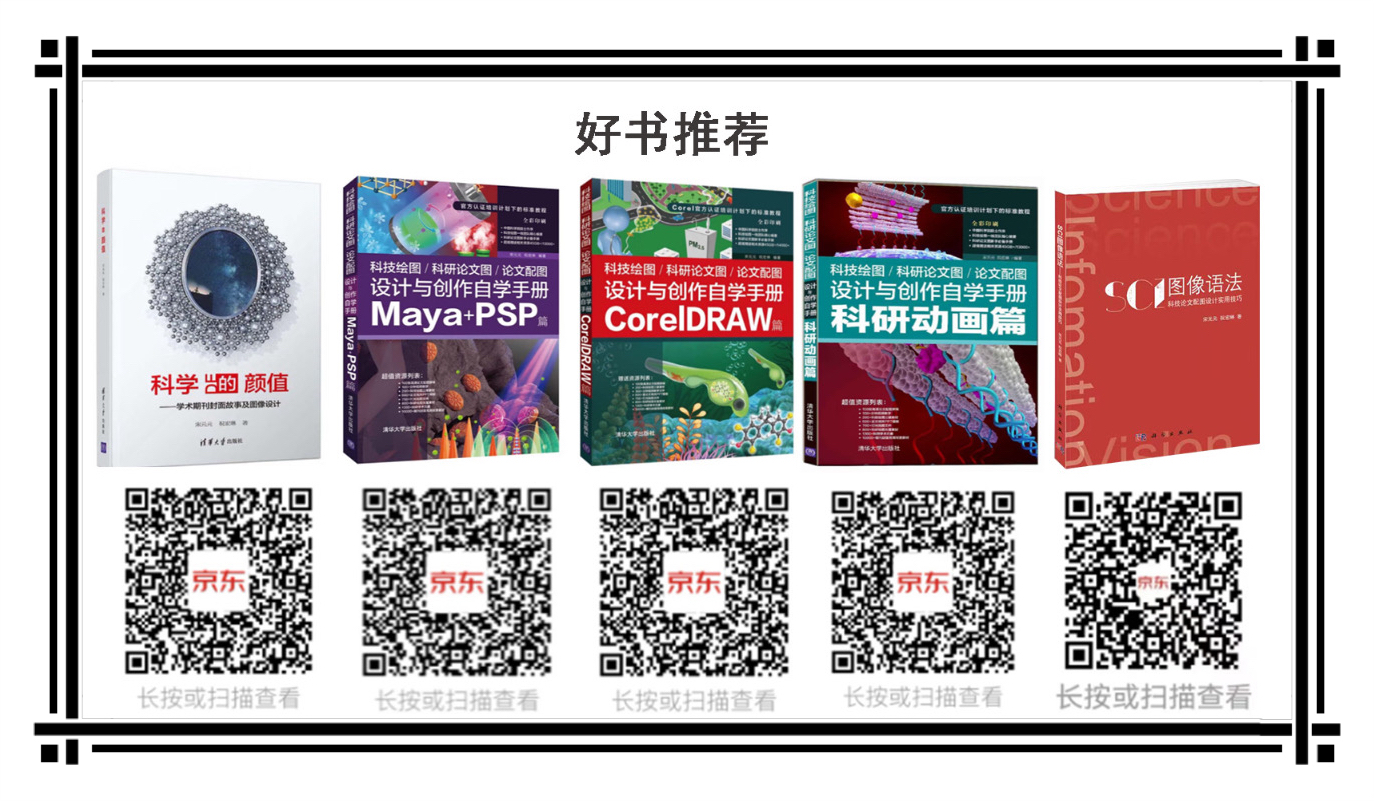
购书链接:
☆科学的颜值:学术期刊封面故事及图像设计
https://item.jd.com/12802188.html
☆科技绘图/科研论文图/论文配图设计与创作自学手册:CorelDRAW篇
https://item.jd.com/13504674.html
☆科技绘图/科研论文图/论文配图设计与创作自学手册:Maya+PSP篇
https://item.jd.com/13504686.html
☆科技绘图/科研论文图/论文配图设计与创作自学手册:科研动画篇
https://item.jd.com/13048467.html#crumb-wrap
☆SCI图像语法-科技论文配图设计使用技巧
https://item.jd.com/10073529532924.html?bbtf=1
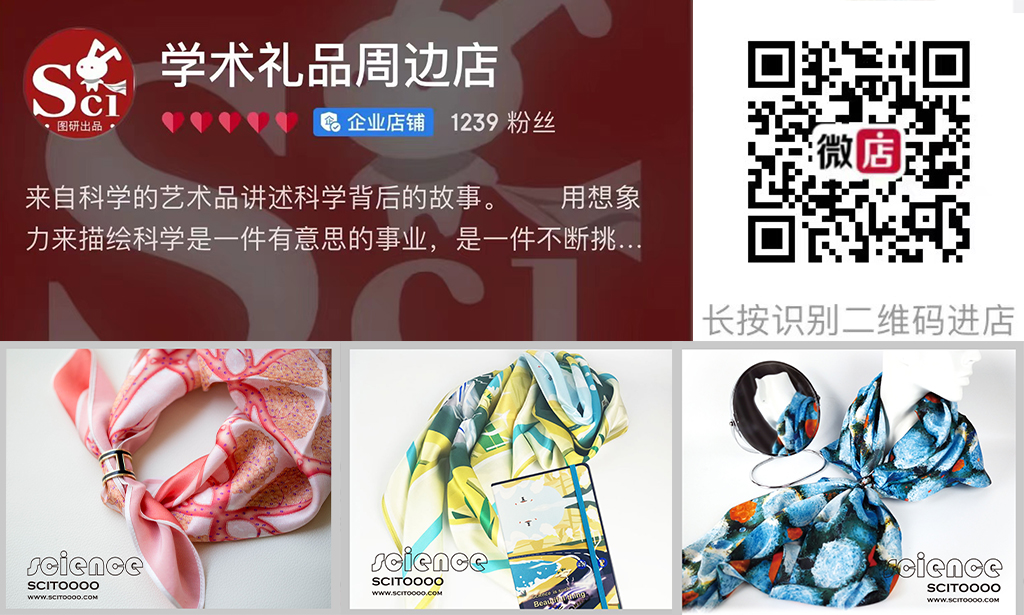
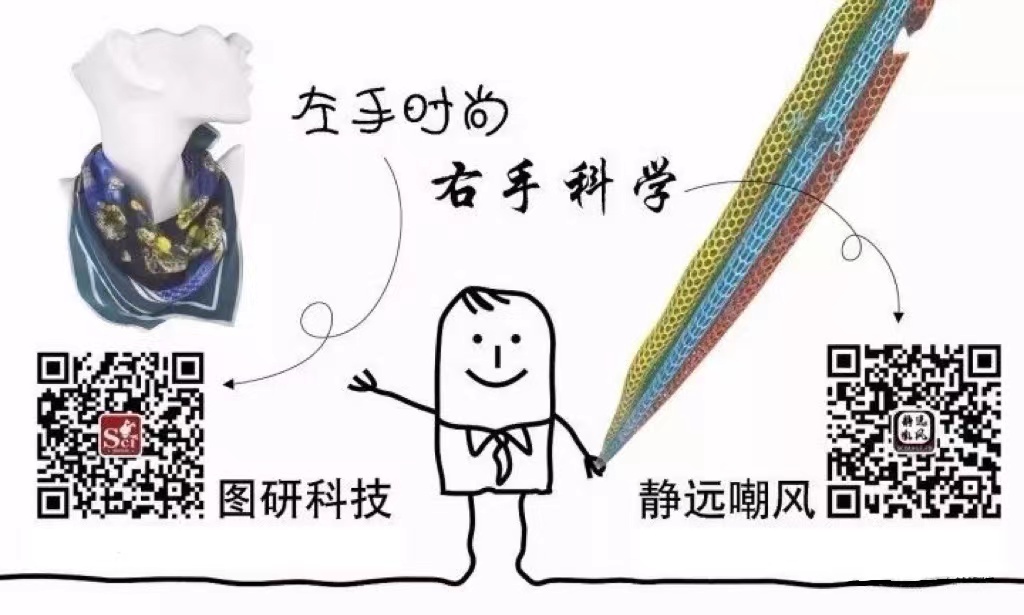
静远嘲风(MY Scimage) 成立于2007年,嘲风取自中国传统文化中龙生九子,子子不同的传说,嘲风为守护屋脊之瑞兽,喜登高望远;静远取自成语“宁静致远”,登高莫忘初心,远观而不可务远。
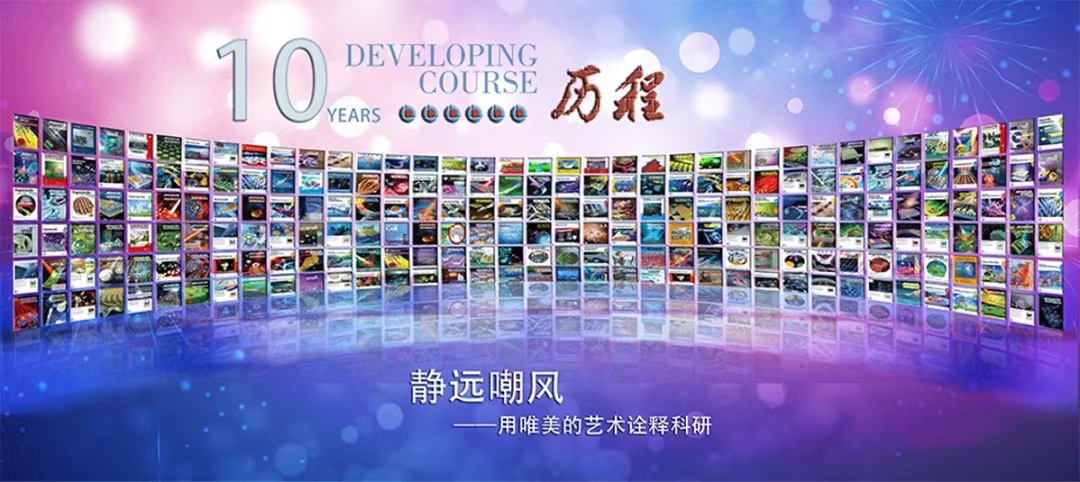
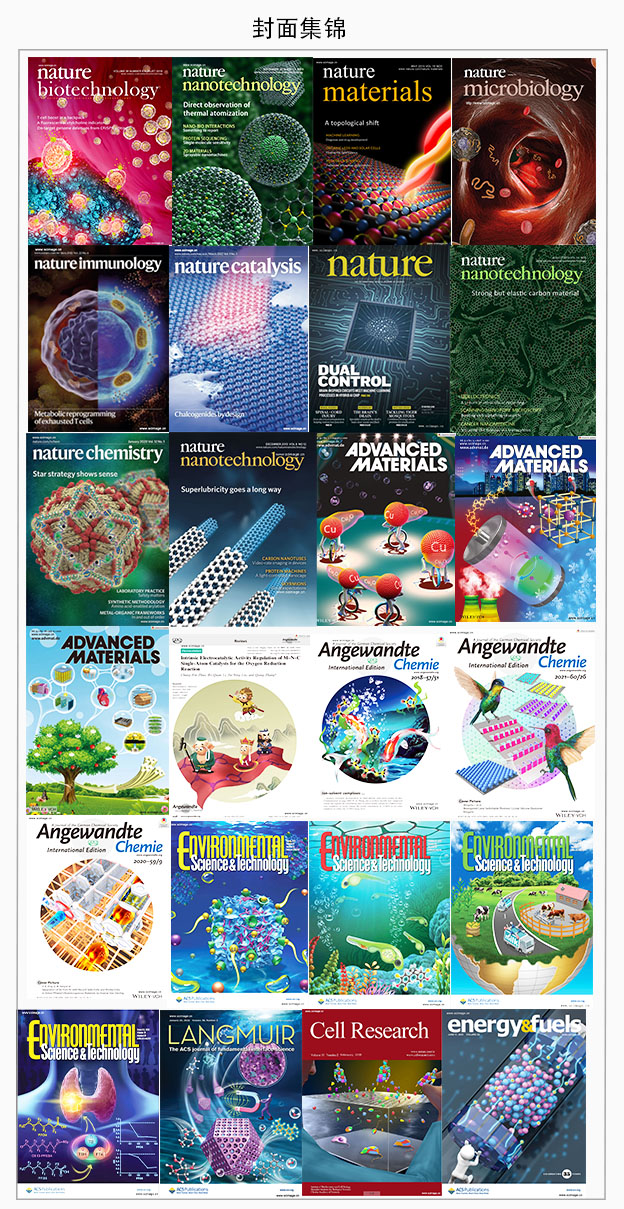
学习更多绘图教程关注:

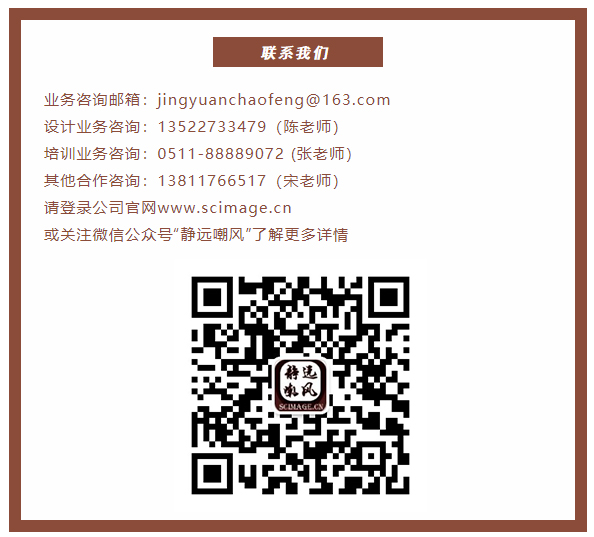
https://blog.sciencenet.cn/blog-519111-1435831.html
上一篇:2024年3月嘲风作品集(一)
下一篇:2024年3月嘲风作品集(三)
